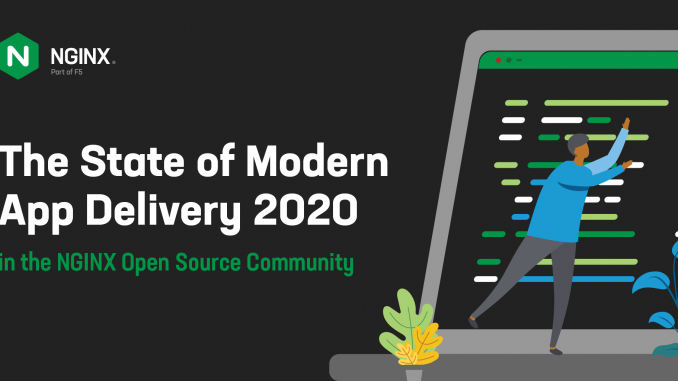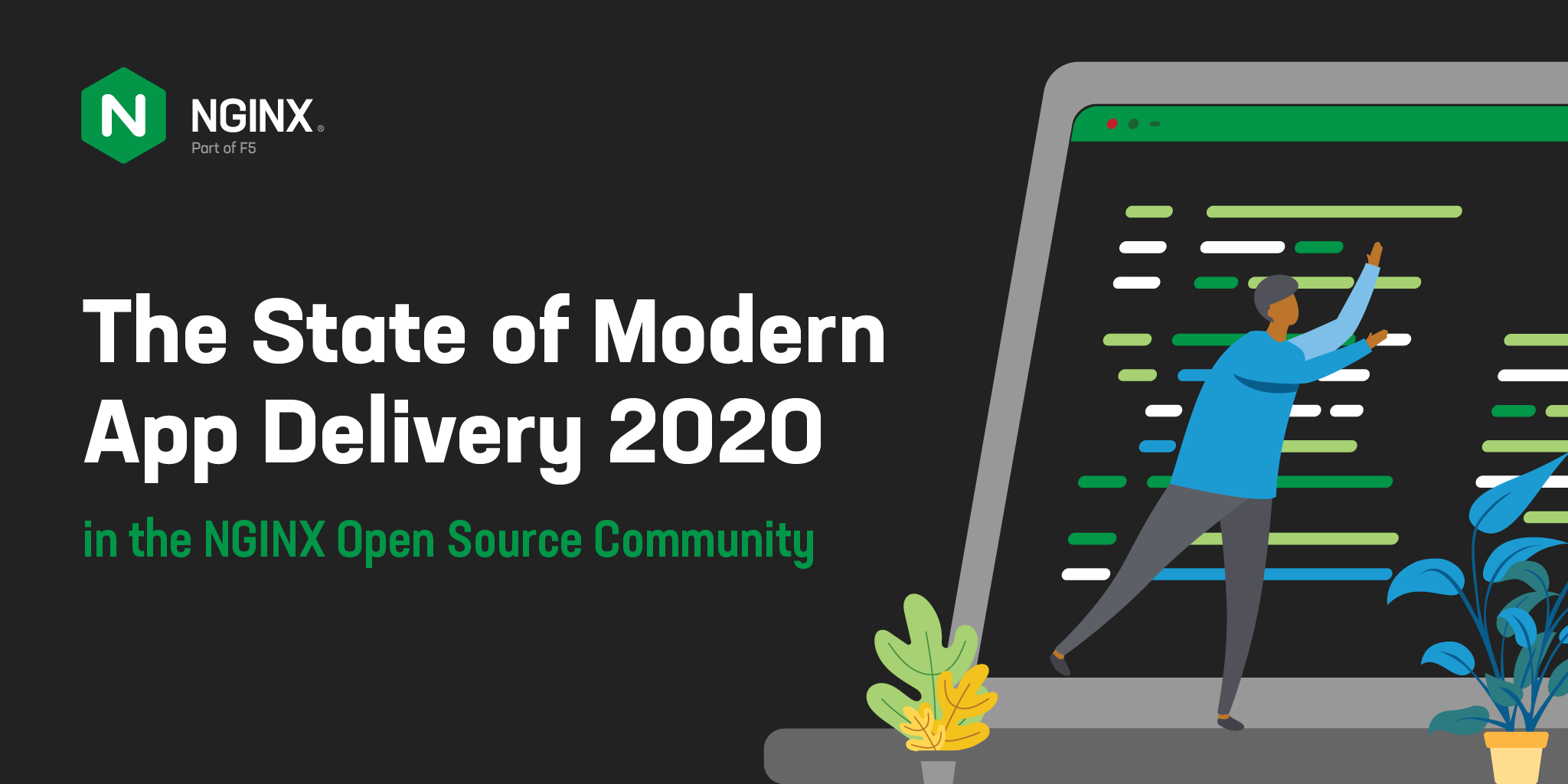
The State of Modern App Delivery 2020: Results from Our Annual User Survey

As a company with its roots in the open source community, we’ve always relied on input from community members, as well as our customers, to help us choose and prioritize new features and enhancements. One of the best sources of input is your responses to our annual survey. This year we concentrated on how you’re developing and deploying your apps – in particular how you’re using microservices, containers, and infrastructure platforms, and what your challenges are.
Check out the complete infographic:
Modern Apps and Microservices
As in the industry at large, more and more of the organizations where you work are migrating from monolithic to microservices‑based apps. And there’s a complementary increase in use of these technologies in production environments. This suggests a growing confidence that microservices‑based apps can help you improve what you care most about: the user experience of your customers.
The benefits of using microservices include greater resilience (in the face of traffic spikes for example), increased and more rapid deployment, and ongoing experimentation in search of the optimal end‑user experience. On the other hand, adopting microservices is challenging both because they can be difficult to monitor and because successful adoption has significant impact on the organization’s culture and systems. And changing your application architecture – updating your CI/CD pipelines and increasing complexity by deploying large numbers of services that communicate over the network – is inherently risky. Nonetheless, it seems the challenges and risks are outweighed by the benefits.
In terms of overall challenges, security, performance, and reliability are the concerns keeping most of you up at night. Fully half of respondents reported application development as a significant challenge, in particular with regard to scale, speed, and quality, not to mention tool or language selection.
Modern apps require different tools, and we’ve seen their use grow steadily over the years we’ve run the survey. In support of microservices management, we see investment in commercial and open source container orchestrators, plus API management. Public cloud usage continues to increase, along with the ongoing migration to software load balancers. Use of associated technologies like WAF and service discovery are increasing too.
NGINX Development
Just like our community, NGINX is focusing on microservices with our NGINX Ingress Controller and NGINX Service Mesh (NSM) offerings. Characteristic of the creativity developers bring, our NSM offering grew out of a few engineers exploring how they could apply some guiding principles of NGINX Open Source – lightweight, fast, high‑performance – to the service mesh space. We first released our service mesh as a free offering in 2019, and recently announced an official development release. And in support of open source practices, NSM adheres to the open source Service Mesh Interface specification and we continue to contribute to the SPIFFE and SPIRE open source projects.
Conclusion
From the first release of NGINX in the early 2000s, we’ve shared its source code: we felt it was important for other developers to be able to see and contribute to the project. As we iterated and built new releases over time, our community helped find bugs, suggested new features, and provided feedback which was incorporated into subsequent versions.
Our community is the reason NGINX is what it is today: the most popular web server, reverse proxy, and API gateway in the world. To state it simply, thanks to you it’s the very backbone of the Internet.
The post The State of Modern App Delivery 2020: Results from Our Annual User Survey appeared first on NGINX.
Source: The State of Modern App Delivery 2020: Results from Our Annual User Survey







Leave a Reply